Blog Posts Tagged Particle Tracing Module

Exploring the Venturi Effect
The Venturi effect: As a fluid flows through a constructed area of a pipe, its velocity increases and its static pressure decreases. Learn more about this effect and its application areas.
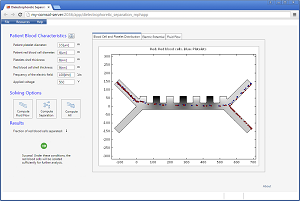
Dielectrophoretic Separation
Dielectrophoresis is a phenomenon in which an electric field is used to control the movement of electrically neutral particles. Learn about how to model this effect in both DC and AC fields.

Modeling Beam Neutralization with a Charge Exchange Cell
A charge exchange cell refers to an area of high-density gas that is placed in the path of an ion beam. You can model a charge exchange cell to analyze its neutralization efficiency.
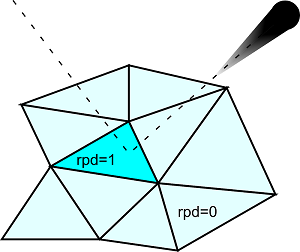
New Accumulators Boost Particle and Ray Tracing Functionality
Accumulators, a series of features available in the Particle Tracing Module, can be used to couple the results of a particle tracing simulation to other physics interfaces.

Accurate Hematology Analysis Using Hydrofocusing
Hematology analysis is important for diagnosis and treatment. Researchers at HORIBA Medical used simulation to develop new methods for analyzing the accuracy of their hematology analysis devices.
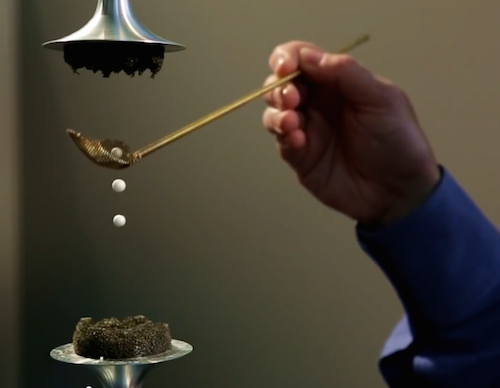
Acoustic Levitation Puts a Pure Spin on Medicine Fabrication
Engineers from Argonne National Laboratory used multiphysics simulation and trial-and-error prototyping to optimize the effectiveness of an acoustic levitator for medical fabrication.
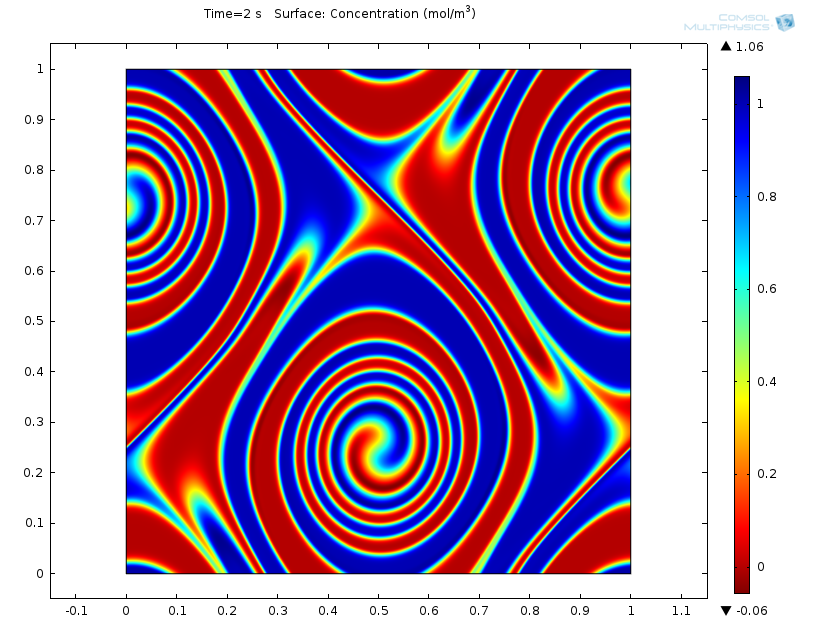
Simulating Kelvin-Helmholtz Instability and Climate Dynamics
Q: What do heated soap bubbles, wavy clouds, and Jupiter’s Great Red Spot have in common? A. An unstable motion called Kelvin-Helmholtz instability.

Red Blood Cell Separation from a Flow Channel
Lab-on-a-chip technology can be used to separate red blood cell via magnetophoresis — for example, motion induced by magnetic fields. Simulation can be used to optimize such devices.
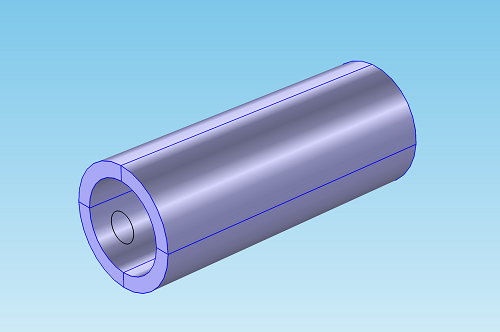
COMSOL 4.4 Brings Particle-Field and Fluid-Particle Interactions
The trajectories of particles through fields can often be modeled using a one-way coupling between physics interfaces. In other words, we can first compute the fields, such as an electric field, magnetic field, or fluid velocity field, and then use these fields to exert forces on the particles using the Particle Tracing Module. If the number density of the particles is very large, however, the particles begin to noticeably perturb the fields around them, and a two-way coupling is needed […]
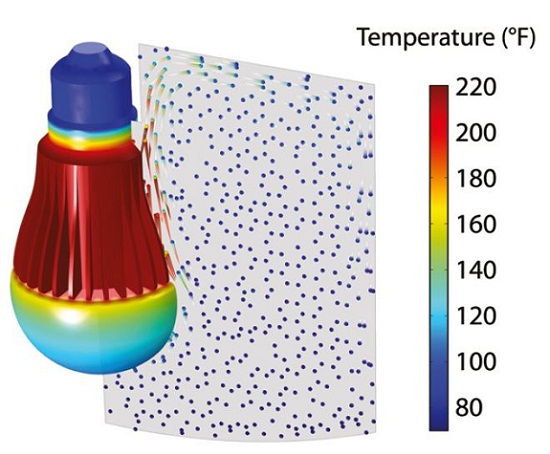
Veryst Engineering Simulates LED Lighting Designs
Last month, COMSOL Certified Consultant Veryst Engineering was featured in Software Tech Briefs, a special supplement to NASA Tech Briefs. Veryst is known to leverage multiphysics simulation software for analyzing LED lighting designs and other complex industrial problems. The project mentioned in the article focused on building a thermofluid-mechanical model of an LED light bulb in order to explore and optimize thermal management techniques within the bulb.
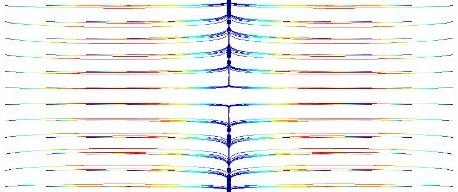
Acoustofluidic Multiphysics Problem: Microparticle Acoustophoresis
The use of acoustic waves to manipulate suspensions of particles, such as cells, has inspired the work of many researchers, paving the way for the field of ultrasound acoustofluidics. The manipulation is achieved in many ways, including using bulk acoustic waves (BAW) and surface acoustic waves (SAW), as well as acoustic radiation forces and acoustic streaming-induced drag. The latter two combine to produce the acoustophoretic motion of the suspended particles; i.e., movement by means of sound, and the methods provide […]
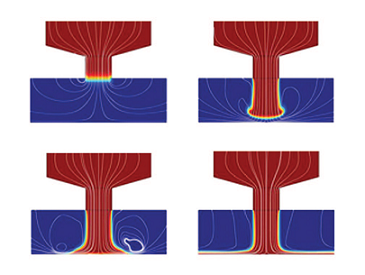
Fluid Flow: Smooth Optical Surface in Minutes
Ultra-precise optical components require blemish-free surfaces that often cannot be achieved by the machining processes that grind these components. Fluid jet polishing (FJP) is a new technology being developed by Zeeko Ltd to replace the hand polishing that was often required. With the help of COMSOL, Zeeko was able to create a product that polishes the optical components in only ten minutes instead of an entire day, and without waveforms.

Modeling Static Mixers
A mixer that doesn’t move may sound like an oxymoron, but it’s not. Used in various chemical species transport applications, static mixers are inexpensive, accurate, and versatile. Still, there is always room for improvement. Optimizing the design of static mixers calls for computer modeling, but traditional CFD methods may not be the best way to model these mixers. How do these motionless mixers work and how can their performance be simulated?
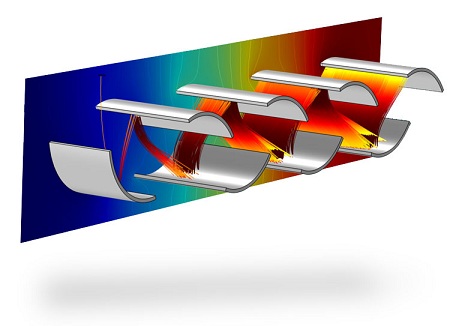
News in Particle Tracing for 4.3
There are many exciting new features in the Particle Tracing Module for COMSOL Multiphysics version 4.3. The secondary particle emission feature is particularly fascinating. “This new option for the Wall Condition allows you to model filter multipliers and multipactors, which were previously very difficult to model”, says Dan Smith, Development Team Leader at COMSOL. A mathematical expression, like a logical expression containing the particle energy for instance, can be used to determine the number of secondary particles to be released. […]
